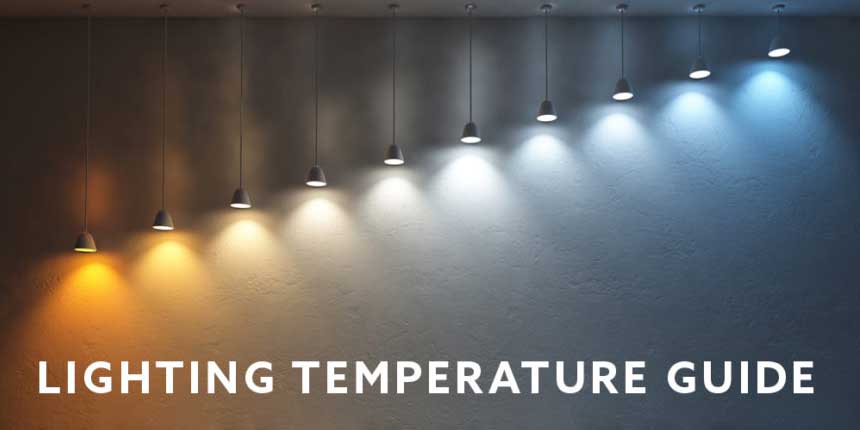
Apr 10, 2018 Written by pratik srivstava colour temperature

Colour Temperture
1.The technical definition of colour temperature is full of terms like "black-body radiator" and "chromacity space" - in short, it's very confusing, very boring, and above all leaves you feeling even more baffled than before.
2.While our eyes and brain adjust continually to changing light conditions, a camera will not. You have to tell your camera what color light is illuminating your scene, and it needs to be adjusted every time the light changes.
3.If you are recording RAW sensor data, then your in-camera white balance setting only affects the way you are monitoring your image; it will be saved as metadata but will have no effect on the recorded image data. Recording in RAW gives you full control over the color temperature in post
4.Visible light is a form of electromagnetic radiation, with a frequency (wavelength) that determines its color. The frequency of light in the visible spectrum is between 390nm – 700nm (nanometers—billionths of a meter!).
5.White light contains an equal mix of wavelengths (colors) of the full visible spectrum. This is why white light can be split by a prism into the different wavelengths it contains—white light is an equal mix of everything.
6.The easiest way to make sure your white balance is correct is simply to be aware of the light sources illuminating your scene.
7. The two common standard color temperatures for film and video lighting are “Tungsten” at 3200K and “Daylight” at 5600K. Knowing those two numbers will go a long way to making sure your image is balanced for your light source within the ability to make finer correction in post.
8.The Kelvin definition is the SI base unit of thermodynamic temperature, equal in magnitude to the degree Celsius. Scientific jargon aside, Kelvin is used in lighting to measure the color temperature of a particular light bulb. And in short, the higher the Kelvin rating (typically expressed in K), the whiter the lighting will be.
9 .Light bulb color temperature is represented in the unit of absolute temperature, Kelvin, noted by the symbol K. Household fixtures are commonly found in color temperatures on the Kelvin scale of 2700K (warm incandescent), 3000K (warm white halogen) and 3500K (household fluorescent).
10. Color temperature is typically recorded in kelvin, the unit of absolute temperature. Cool colors like blue and white generally have color temperatures over 7000K, while warmer colors like red and orange lie around the 2000K mark.